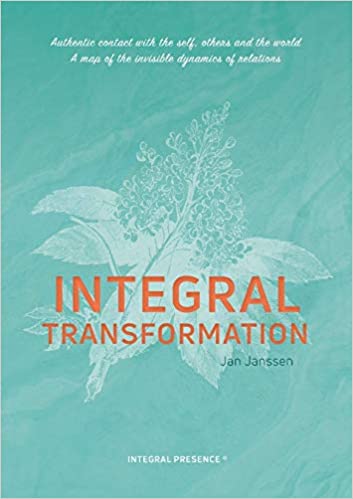The word Chakra ( चक्र ) is Sanskrit which means wheel or disk. The term is now better known as “spiritual centers” or “junctions of energy channels (nāḍī)” derived from a conception of Kundalini yoga and could be located in the human body. According to this conception, there would be seven main chakras and thousands of secondary chakras. This concept is found in the Chudamani Yoga Upanishad (composed between the seventh and tenth centuries) and Yoga Shikha Upanishad.
The use of the word has acquired a much larger sense over time. ‘Psychic centre’ is a translation that corresponds with an important function of a chakra, but it is also more than that. There is a lot of good literature that describes the characteristics, the workings and the function of the chakras.
- Brennan, B.A., Hands of light, Bantam Books, New York 1988.
- Brennan, B.A., Light emerging, Bantam Books, New York 1993.
- Judith, A., Eastern body, Western mind, Celestial Arts Publishing, Berkeley 2004.
Yet for practical training, I like to expand especially on the feeling quality, the inner attitude, which the IP practitioner or energy therapist needs to develop in relation to the chakras. And that is most of all an attitude of humble respect.
Knowledge about chakras is not new at all, on a global level, dating back through millennia with careful, accurate, and reliable knowledge systems well documented in the East. The difficult part for us is that much of this knowledge is carefully protected against abuse or dissimilation, and maybe that is a good thing. The old masters usually passed on this knowledge orally, and to students who were most fitting to carry on the lineage. The few times this knowledge has been written down, it is often phrased in a poetically symbolic way so that the uninitiated reader will not be able to distill the actual knowledge from the texts. This is why this knowledge filters into our society little by little. Another challenge in our society is that we need to learn, apply and test this knowledge within the context of our own culture, history, and way of living, and this may require an important adjustment or cultural translation of the wisdom. It is not an easy task to shape authentic chakra knowledge into a useable, respectful, and pure form int our society. The authors I mention in the reading list have made a remarkable step in that direction, but I am convinced that we have barely reached half of the potential power and depth that is accessible in this exploration. I do, however, believe this progress happens best through gradual and organic evolution.
For as far as our understanding of chakras goes nowadays, chakras are psychic centres or energy centres that have a far-reaching impact on our health, bio- energy maintenance, and perception of reality. They are not physical organs. They are bio-energetic organs. They co-exist with the physical body in a subtler dimension, although they are closely connected and interdependent with one another. Chakras literally provide our bodies with energy. I use bodies in the plural form because we have several bodies that co-exist simultaneously, including the physical body we all know and perceive. Actually, the physical body lives and moves within a series of immaterial bodies that surround and permeate the physical body. The chakras are some of the most important organs of these subtle bodies, providing them with energy, power and balance. And the power
of the subtle bodies permeates into the physical cells of our physical body and literally gives them life force and vitality. The subtle bodies are literally the life force of our physical body. Without those subtle bodies our physical body is a unanimated corpse and it would immediately start disintegrating.
So, chakras are literally our sources of life force. We only take a fraction of
our energy out of the food we eat. The remaining energy we absorb from our environment, the air, our interactions with other people, or from the cosmos. For some people, this may sound very abstract, while others may already have very tangible experiences with the life force of the subtle bodies. Social factors have a strong influence on our vitality. Working in a friendly and encouraging environment is much better for our vitality than working in an unfriendly and discouraging environment. However, in both cases we take an equal amount of energy out of our physical food, we will feel much more vital in the friendly work environment case than in the unfriendly one. If we reduce science to the strictly biological, material reality, such a hypothesis would be hard to prove or defend. If we open up science and include the domain of psychology, then we already have an opening for accepting a heuristic study of the phenomenon, but then we only have an abstract base to build upon. With the knowledge system of the chakras and immaterial subtle bodies, we have a more substantial base to frame this, and many other phenomena, in a scientific context.

